Utilizing fractal patterns similar to those created by lightning strikes, Victor Ugaz, associate professor in the Artie McFerrin Department of Chemical Engineering at Texas A+M University, has created a network of microchannels that could advance the field of tissue engineering by serving as a three-dimensional vasculature for the support of larger tissue constructs, such as human organs.
Aug 17th, 2009
Read more
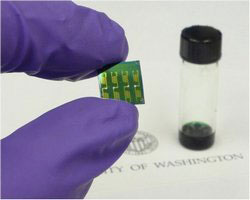 Until now, circuits built with organic materials have allowed only one type of charge to move through them. New research from the University of Washington makes charges flow both ways.
Until now, circuits built with organic materials have allowed only one type of charge to move through them. New research from the University of Washington makes charges flow both ways.
Aug 17th, 2009
Read more
Two nanoscale devices recently reported by University of Pittsburgh researchers in two separate journals harness the potential of carbon nanomaterials to enhance technologies for drug or imaging agent delivery and energy storage systems, in one case, and, in the other, bolster the sensitivity of oxygen sensors essential in confined settings, from mines to spacecrafts.
Aug 17th, 2009
Read more
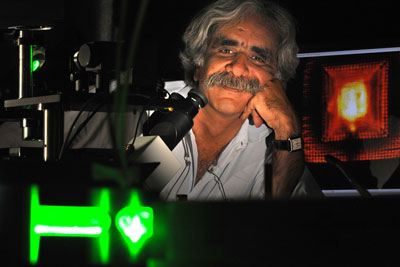 A UC Irvine center that aims to make real-time videos of single molecules in action has been awarded $20 million over five years from the National Science Foundation.
A UC Irvine center that aims to make real-time videos of single molecules in action has been awarded $20 million over five years from the National Science Foundation.
Aug 17th, 2009
Read more
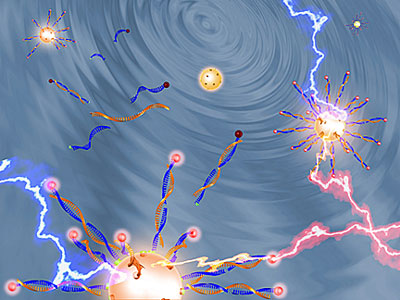 Using tiny crystals called quantum dots, Johns Hopkins researchers have developed a highly sensitive test to look for DNA attachments that often are early warning signs of cancer.
Using tiny crystals called quantum dots, Johns Hopkins researchers have developed a highly sensitive test to look for DNA attachments that often are early warning signs of cancer.
Aug 17th, 2009
Read more
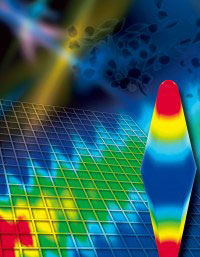 By studying gold nanoparticles of highly uniform size and shape, scientists now understand how they lose energy, a key step towards producing nanoscale detectors for weighing any single atom.
By studying gold nanoparticles of highly uniform size and shape, scientists now understand how they lose energy, a key step towards producing nanoscale detectors for weighing any single atom.
Aug 17th, 2009
Read more
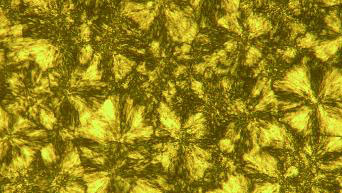 Ein Team von der University of Bristol und dem Max-Planck-Institut fuer Kolloid- und Grenzflaechenforschung in Golm hat es jetzt erstmals geschafft, ein Protein ohne Zuhilfenahme eines Loesungsmittels zu verfluessigen.
Ein Team von der University of Bristol und dem Max-Planck-Institut fuer Kolloid- und Grenzflaechenforschung in Golm hat es jetzt erstmals geschafft, ein Protein ohne Zuhilfenahme eines Loesungsmittels zu verfluessigen.
Aug 17th, 2009
Read more
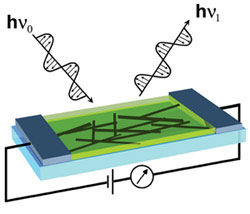 U.S. researchers have created tiny oxygen-sensing devices made from carbon nanotubes. They say the devices demonstrate the potential application of nanotechnology in low power, wearable gas sensors and could benefit those working in confined spaces where monitoring of oxygen concentrations is essential for survival.
U.S. researchers have created tiny oxygen-sensing devices made from carbon nanotubes. They say the devices demonstrate the potential application of nanotechnology in low power, wearable gas sensors and could benefit those working in confined spaces where monitoring of oxygen concentrations is essential for survival.
Aug 17th, 2009
Read more
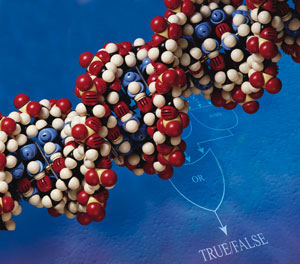 DNA logic gates can now detect more than just DNA segments, and by exploiting nature's design, their preparation could be simpler than ever.
DNA logic gates can now detect more than just DNA segments, and by exploiting nature's design, their preparation could be simpler than ever.
Aug 17th, 2009
Read more
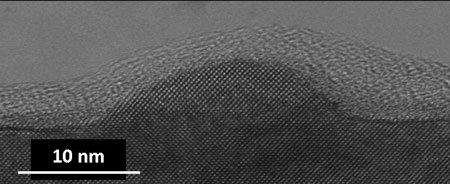 Electrons that are trapped in very small structures of only a few nanometer, demonstrate fascinating features. These could be useful for novel computers or semiconductor lasers.
Electrons that are trapped in very small structures of only a few nanometer, demonstrate fascinating features. These could be useful for novel computers or semiconductor lasers.
Aug 17th, 2009
Read more
 Nanochemists from the Chinese Academy of Sciences and Nano-Science Center, Department of Chemistry at University of Copenhagen have developed nanoscale electric contacts out of organic and inorganic nanowires.
Nanochemists from the Chinese Academy of Sciences and Nano-Science Center, Department of Chemistry at University of Copenhagen have developed nanoscale electric contacts out of organic and inorganic nanowires.
Aug 17th, 2009
Read more
You probably have cocaine in your wallet, purse, or pocket.
Aug 17th, 2009
Read more
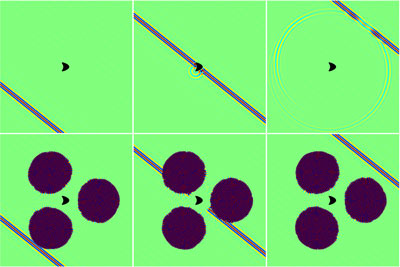 University of Utah mathematicians developed a new cloaking method, and it's unlikely to lead to invisibility cloaks like those used by Harry Potter or Romulan spaceships in Star Trek. Instead, the new method someday might shield submarines from sonar, planes from radar, buildings from earthquakes, and oil rigs and coastal structures from tsunamis.
University of Utah mathematicians developed a new cloaking method, and it's unlikely to lead to invisibility cloaks like those used by Harry Potter or Romulan spaceships in Star Trek. Instead, the new method someday might shield submarines from sonar, planes from radar, buildings from earthquakes, and oil rigs and coastal structures from tsunamis.
Aug 17th, 2009
Read more
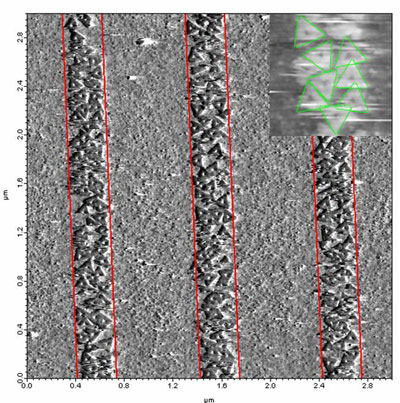 Today, scientists at IBM Research and the California Institute of Technology announced a scientific advancement that could be a major breakthrough in enabling the semiconductor industry to pack more power and speed into tiny computer chips, while making them more energy efficient and less expensive to manufacture.
Today, scientists at IBM Research and the California Institute of Technology announced a scientific advancement that could be a major breakthrough in enabling the semiconductor industry to pack more power and speed into tiny computer chips, while making them more energy efficient and less expensive to manufacture.
Aug 17th, 2009
Read more
 Bulgaria's planned nanotechnology center has fallen pray to the need to curb state expenditures.
Bulgaria's planned nanotechnology center has fallen pray to the need to curb state expenditures.
Aug 17th, 2009
Read more
Better tools for manipulating DNA in the laboratory may soon be possible with newly discovered deoxyribozymes (catalytic DNA) capable of cleaving single-stranded DNA.
Aug 16th, 2009
Read more













 Subscribe to our Nanotechnology News feed
Subscribe to our Nanotechnology News feed